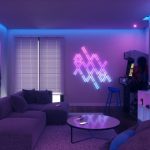How to Make Your Keyboard Light Up: A StepbyStep Guide to Creating an LED Keyboard
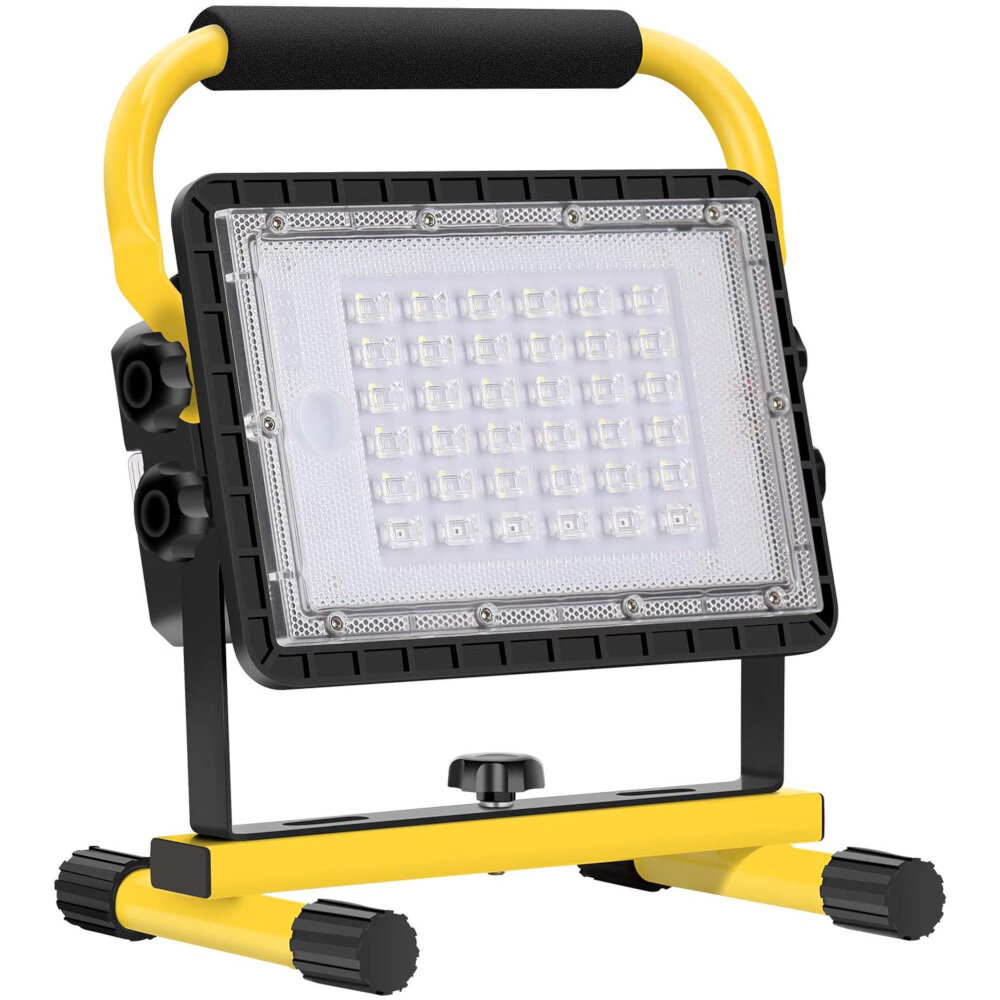
If you’re looking to add a touch of personality and style to your computer setup, then creating your own LED keyboard is a great way to do so. Not only does it look cool, but it also adds a practical element to your keyboard, allowing you to type comfortably in low light conditions. Whether you’re a gamer or just someone who loves to customize their tech, this step-by-step guide will show you how to make your keyboard light up in no time. LED keyboards are becoming increasingly popular in the tech community, and for good reason. Not only do they look awesome, but they also serve a practical purpose. With the ability to customize the lighting to your liking, you can easily type in the dark without straining your eyes. Plus, it’s a great way to add some personality to your computer setup. With this guide, you’ll be able to create your own LED keyboard and impress your friends and family with your tech skills. So, let’s get started!
Having a light-up keyboard can be very beneficial, especially for those who type in low-light environments or at night. The LED lights on the keyboard make it easier to see the keys, which can improve typing speed and accuracy. Additionally, light-up keyboards can add a unique and stylish touch to your workspace, making it stand out from others. The customizable colors and effects also allow for personalization and creativity, allowing you to set the mood for your workspace or match the aesthetics of your computer setup. Overall, a light-up keyboard is not only practical but also a fun and visually appealing addition to any workspace.
Creating an LED keyboard involves several steps, starting with sourcing the necessary materials such as an existing keyboard, LED strips, and a power source. The next step is to disassemble the keyboard, carefully removing the keycaps and any internal components that may obstruct the LED strips. Once the keyboard is dismantled, the LED strips can be installed along the edges of the keyboard base and wired to the power source. The LED strips can be customized with different colors, brightness levels, and lighting effects using a controller or software. After the LED strips are installed and programmed, the keyboard can be reassembled with the keycaps and internal components. The finished product is a unique, illuminated keyboard that adds a touch of personality and style to any workspace or gaming setup.
Step 1: Gather Materials
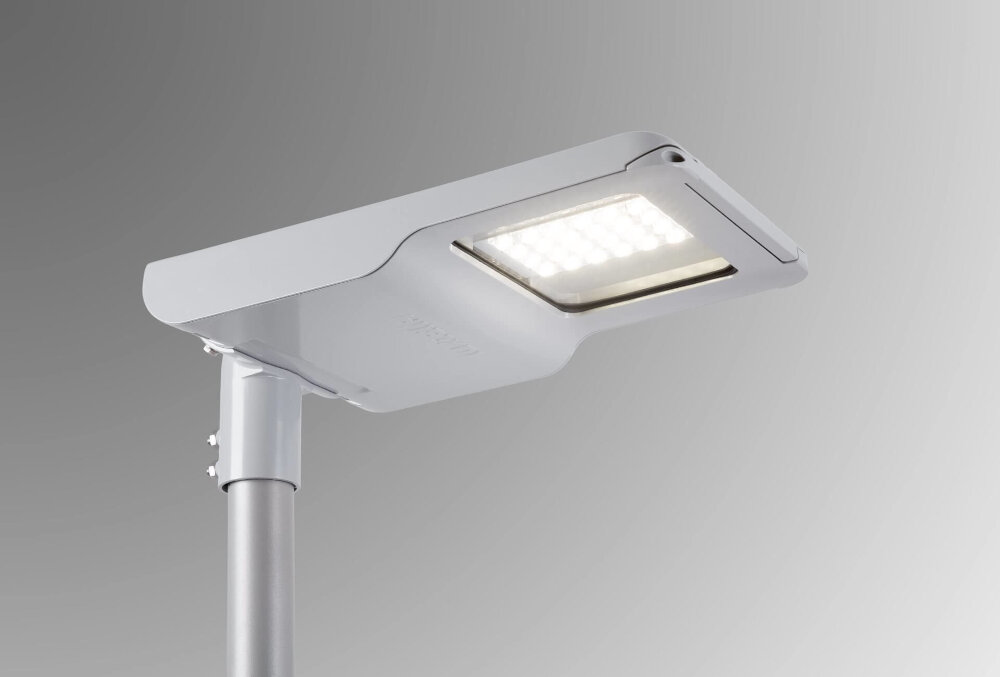
The first step in creating an LED keyboard is to gather all the necessary materials. You’ll need a keyboard, LED strip lights, scissors, hot glue gun, and some electrical tape. It’s important to make sure that the LED strip lights are the correct length for your keyboard, so be sure to measure your keyboard before purchasing the lights. In addition, make sure that you have enough lights to cover the entire keyboard. You don’t want to run out halfway through the project!Once you have all the materials gathered, you can begin the project. It’s important to work in a clean, well-lit area to ensure that you can see what you’re doing and that you don’t accidentally damage your keyboard. Start by carefully removing the keys from your keyboard, being sure to keep them in a safe place where they won’t get lost or damaged. Then, measure the LED strip lights and cut them to the correct length. Use the hot glue gun to attach the lights to the underside of the keyboard, being careful not to get any glue on the keys or the circuit board. Finally, use electrical tape to secure the wires and ensure that everything is in place. With the materials gathered and the first step completed, you’re well on your way to creating a one-of-a-kind LED keyboard!
To create an LED keyboard, you will need a handful of necessary supplies to ensure that your project is successful. Firstly, you will need an LED strip, which will serve as the main source of illumination for your keyboard. You will also need a soldering iron, wire cutters, and a hot glue gun for connecting and securing the LED strip to your keyboard. Additionally, you will require a power source, such as a 9-volt battery, to power your LED strip. Finally, you will need a pair of scissors to cut the LED strip to the appropriate length and a ruler to measure the length of your keyboard. With these supplies on hand, you can successfully create an LED keyboard that will add a unique touch to your workspace.
When it comes to purchasing the materials needed for making your keyboard light up, you have a few different options. One option is to visit your local electronics store, such as Best Buy or Radio Shack, and browse their selection of LED lights, resistors, and wires. Another option is to shop online, where you can find a wider variety of materials and often at lower prices. Popular websites for purchasing electronics and DIY supplies include Amazon, Adafruit, and SparkFun. Additionally, you may be able to find some of the materials you need at a hardware store or even at a craft store, depending on what specific components you are looking for. Regardless of where you choose to purchase your materials, be sure to read reviews and compare prices to ensure you are getting the best quality components for your LED keyboard project.
Step 2: Remove Keycaps
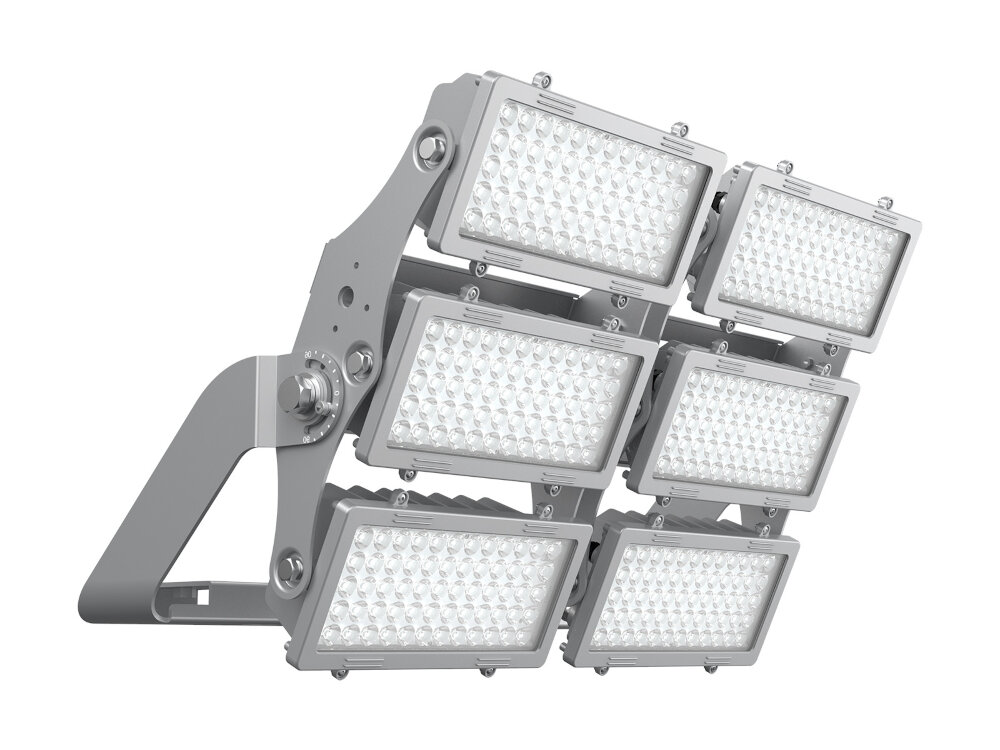
To begin the process of making your keyboard light up, the second step is to remove the keycaps. This step is essential as it allows you to access the switches underneath the keys. Before proceeding with this step, it is crucial to have a keycap puller, which is a small tool designed to remove keycaps without damaging them. If you don’t have a keycap puller, you can use a small flat head screwdriver or a plastic card instead. To remove the keycaps, start by unplugging your keyboard from your computer and laying it upside down on a flat surface. Then, gently insert the keycap puller or screwdriver under the edge of the keycap and wiggle it back and forth until the keycap pops off. Be careful not to apply too much force as this can damage the keycap or the switch underneath. Repeat this process for all the keycaps until they are all removed. Once the keycaps are removed, you can move on to the next step of the process, which is installing the LED lights.
Removing keycaps from your keyboard is an easy process that can be done with minimal effort. First, turn off your computer and unplug the keyboard. Then, use a keycap puller or a small flat tool to gently pry up the keycap from the bottom of the key. Be sure to apply even pressure to avoid damaging the keycap or the switch underneath it. Once the keycap is loose, remove it from the switch and repeat the process for any other keys you wish to remove. With the keycaps removed, you can now customize your keyboard with new keycaps or add LED lights to create a unique and personalized look.
When attempting to create an LED keyboard, it’s essential to take precautions to avoid damage to your keyboard. Firstly, ensure that your workspace is clean and clear of any debris or liquids that could spill onto your keyboard. It’s also crucial to disconnect your keyboard from any power source before starting any work. When handling the LED strips and wiring, be gentle and avoid pulling or twisting any wires, which could damage them. Additionally, it’s recommended to use a soldering iron with a low wattage to avoid overheating the circuit board. Finally, when reassembling your keyboard, take your time and double-check that all components are correctly connected before plugging it back in. By following these tips, you can successfully create an LED keyboard without damaging your equipment.
Step 3: Install LED Lights

After acquiring all the materials, it’s time to install the LED lights onto the keyboard. The first step in this process is to map out where the lights are going to go. The placement of the lights depends on the user’s personal preference. However, some common placements include around the keys, underneath the keys, and on the sides of the keyboard. Once the placement has been decided upon, the user can begin to install the lights. The easiest way to do this is by using adhesive strips. The adhesive strips can be cut to the appropriate size and then placed onto the back of the LED lights. Once the adhesive strips are in place, the LED lights can be attached to the keyboard. It’s important to make sure that the lights are secure and won’t fall off. After the LED lights have been attached to the keyboard, it’s time to connect them to a power source. The easiest way to do this is by using a USB cable. The USB cable can be plugged into the computer and then into the LED lights. Some LED lights come with a remote control that allows the user to change the color and brightness of the lights. If the LED lights don’t come with a remote control, they can be controlled through software on the computer. Once the LED lights are connected to the power source, the user can customize the colors and brightness to their liking. Overall, installing LED lights onto a keyboard is a fun and easy project that can add a personal touch to any workspace.
To install LED lights on your keyboard, you’ll need to follow these step-by-step instructions. First, gather all the necessary tools, including the LED strips, a soldering iron, wires, and a power source. Then, remove the keycaps from your keyboard and prepare the surface for the LED strips. Next, cut the LED strips to match the length of your keyboard and solder the wires to connect them. Finally, attach the LED strips to the surface of your keyboard and connect the power source. With these simple steps, you can bring your keyboard to life with vibrant LED lights that can add a touch of style and personality to your workspace.
When it comes to creating an LED keyboard, ensuring that the lights are evenly spaced is crucial for achieving a professional and polished look. One tip for achieving this is to measure the distance between each key and mark the center point with a small dot or pencil mark. This will help you to position the LED lights accurately and consistently. Additionally, using a ruler or measuring tape can help you to maintain consistency in the spacing between each light. Take your time during this step to ensure that the lights are evenly spaced, as this will make a significant difference in the final product.
Step 4: Connect LED Lights

Step 4: Connect LED Lights is a crucial part of the process when it comes to creating an LED keyboard. This step involves connecting the LED lights to the circuit board. You need to make sure that you connect the right wires to the right pins to avoid any damage to the circuit board. The LEDs come in different colors, and you can choose the color that you prefer. You can also choose to have a single color or multiple colors for your keyboard. Once you have connected the LEDs to the circuit board, you need to test them to ensure that they are working correctly. Connecting the LED lights requires precision and attention to detail. You need to ensure that you connect the wires correctly to avoid any short circuits. You can use a multimeter to test the connection and ensure that everything is working correctly. It is essential to make sure that you have a steady hand when working on this step to avoid damaging the circuit board. Once you have connected the LED lights, you can install them on your keyboard. This step will give your keyboard a unique look and allow you to work in low light conditions without any difficulties.
Connecting LED lights to a power source is a crucial step in creating a light-up keyboard. Firstly, gather the necessary materials, including the LED lights, a power source, and a switch. Secondly, determine the voltage of the LED lights and find a power source that matches it. Then, connect the positive wire of the LED lights to the positive terminal of the power source and the negative wire to the negative terminal. It is essential to ensure that the polarity of the wires is correct to prevent damage to the LED lights. Finally, add a switch between the LED lights and the power source to control the on and off functions. With these steps, you can create a beautifully lit keyboard that will add a touch of personality to your workspace.
When it comes to making your keyboard light up with LEDs, it’s essential to ensure that all connections are secure to prevent any electrical hazards. Firstly, make sure that you have turned off and unplugged your computer from the power source before starting the process. Secondly, be sure to use the correct wires for each connection, and double-check that they are correctly attached to the LEDs and resistors. Additionally, use heat shrink tubing or electrical tape to cover the exposed wires and protect them from any damage. Finally, test each connection before proceeding to the next step to ensure that everything is working correctly before completing the project. By following these tips, you can ensure that your LED keyboard is safe and secure to use.
Step 5: Reinstall Keycaps
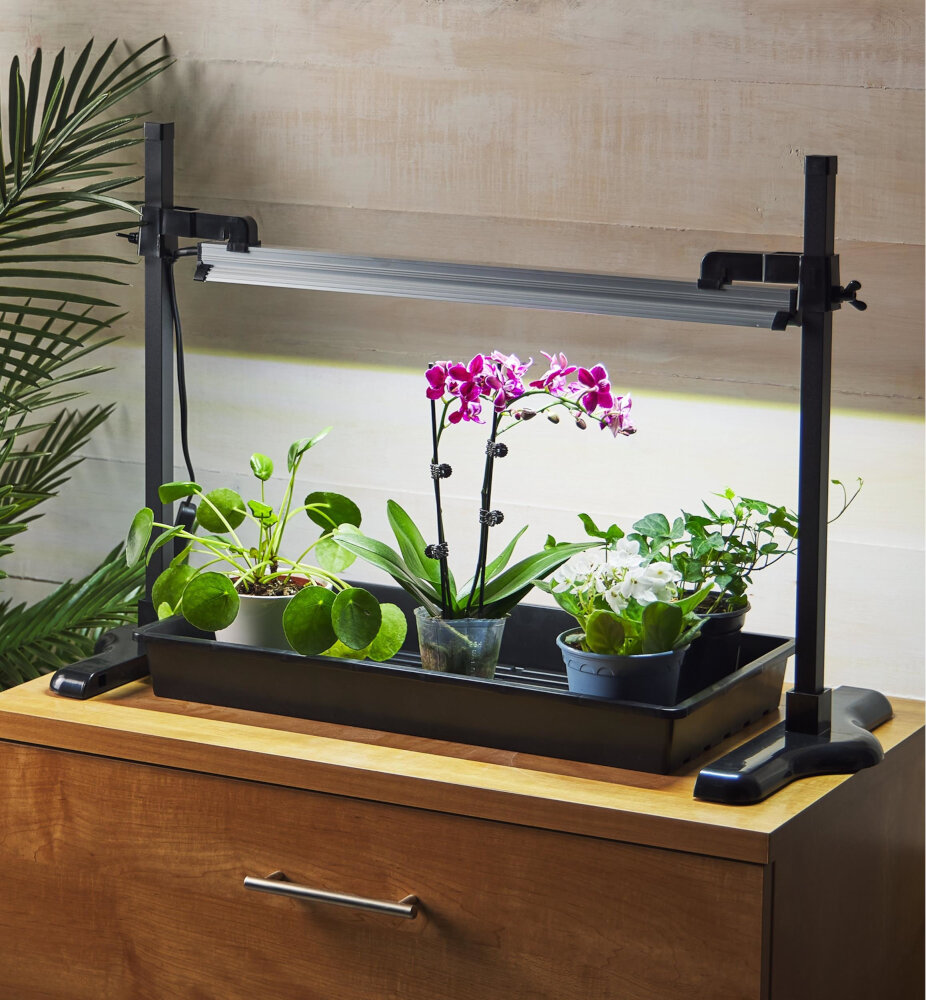
After installing the LED lights into the keyboard, the next step is to reinstall the keycaps. This step may seem simple, but it requires attention to detail to ensure that the keys are properly aligned and secured. Begin by laying out the keycaps in their correct positions on the keyboard. Refer to the diagram or photo you took earlier to ensure that the keys are in the right place. Then, carefully press down on each key until it snaps into place. Make sure that all keys are level and uniform, with no wobbling or tilting. Once all the keys are in place, test each one to ensure that it registers properly when pressed. It is important to note that some keycaps may be more difficult to reinstall than others. For example, the spacebar may require extra force to snap into place, while the smaller keys may be more delicate and require a lighter touch. Take your time with this step and be patient. If a key is not properly aligned or secured, it can affect the overall functionality and appearance of the keyboard. By following these steps and taking the necessary precautions, you can successfully reinstall the keycaps and complete the process of creating your own LED keyboard.
Putting the keycaps back onto your keyboard can be a bit tricky, but with a little patience and some careful maneuvering, it can be done easily. First, start with the larger keys and place them onto the switches, making sure they are centered and aligned properly. Then, gently press down on the key until you hear a clicking sound to secure it in place. Next, move on to the smaller keys, such as the function keys or number pad, and do the same. Finally, double-check all the keys to make sure they are aligned and secure. It’s important to take your time and not force anything, as this can damage the switches or the keycaps themselves. With a little practice, you’ll be able to replace your keycaps like a pro in no time!
Ensuring proper alignment is essential when creating an LED keyboard. First and foremost, it is important to have a clear plan and layout before beginning the project. This will help to ensure that all components are correctly positioned and that the end result is aesthetically pleasing. Additionally, taking the time to measure and mark the placement of each LED is crucial. Using a ruler or other measuring tool can help to ensure that each LED is spaced evenly and aligned with the others. Finally, double-checking the alignment before securing any components in place can help to avoid any mistakes or misalignments. By following these tips, you can ensure that your LED keyboard is not only functional but also visually appealing.
Creating an LED keyboard involves several steps that require a certain level of technical expertise. Firstly, one needs to acquire the necessary materials such as an LED strip, a keyboard, and a power source. Then, the keyboard needs to be disassembled and the keys removed carefully. Once the keys are removed, the LED strip can be installed onto the keyboard’s frame, and the wires can be soldered onto the LED strips. After the soldering is complete, the power source must be connected to the LED strip to give it power. Finally, the keys can be reassembled onto the keyboard, and the lighting effects can be tested. With a bit of patience and skill, anyone can create their own custom LED keyboard that will add a unique touch to their setup.
In conclusion, having a light-up keyboard not only adds a stylish touch to your computer setup but also provides several practical benefits. The illuminated keys make it easier to type in low-light environments, reducing eye strain and fatigue. Additionally, a customizable LED keyboard can enhance your gaming experience by providing visual cues for different game functions. It can also help you increase your productivity by highlighting frequently used keys and shortcuts. Overall, investing in a light-up keyboard is a smart choice for anyone who spends a lot of time working or gaming on their computer. With the simple steps outlined in this guide, you can easily create your own LED keyboard and enjoy the many benefits it has to offer.
Conclusion

In conclusion, creating an LED keyboard is a fun and customizable project that can elevate your computer setup. By following the step-by-step guide outlined above, you can add a personalized touch to your keyboard and make it stand out. Whether you choose to use a pre-made kit or build one from scratch, the process is relatively simple and requires only basic technical knowledge. With a little patience and creativity, you can transform your plain keyboard into a colorful and illuminated masterpiece that will impress anyone who sees it. So, get your tools ready, unleash your imagination, and let your keyboard shine!

